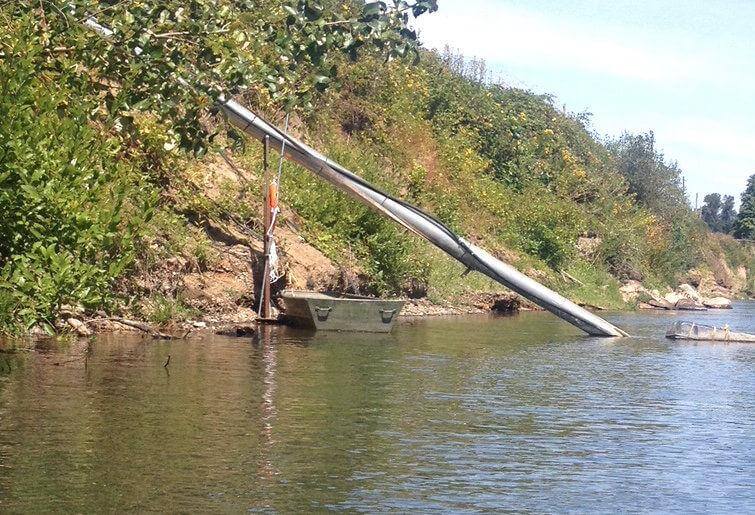By Mateusz Perkowski | Jan. 8, 2021 | Capital Press
Oregon irrigators may face complications from the commitment of about 1 million acre-feet of water behind Willamette Valley dams to in-stream environmental purposes.
Until now, state water regulators have treated water released from the 13 dams as “live flows,” which can be accessed by irrigators with surface water rights in affected streams.
Under a federal plan to divvy up the 1.6 million acre-feet of water among irrigators, cities and fish, however, the Oregon Water Resources Department (OWRD) is expected to change its approach.
The U.S. Army Corps of Engineers plan to allocate about 1.1 million acre-feet for fish and wildlife, 328,000 acre-feet for irrigation and 160,000 acre-feet for municipal purposes was recently enacted into federal law.
Water that’s been allocated for in-stream purposes would be treated as “stored water” rather than “live flows” under the plan, meaning it may no longer be freely available for irrigation withdrawals, said Brian Posewitz, staff attorney with the WaterWatch of Oregon environmental group.
“You can protect it after it’s released. Nobody else can take it,” he said.
The impact on existing irrigators isn’t immediate, since the change in stored water use must still undergo an administrative process overseen by OWRD.
Calculations of “live flows” versus “stored water” downstream of the dams haven’t yet been conducted, so it’s unknown if the re-allocation will cause water curtailments to irrigators, Posewitz said.
“Nobody has a really good handle on the extent to which that would occur,” he said.
The allocation of nearly 328,000 acre-feet of water for irrigation under the federal plan is seen as a positive development of agriculture, though the Oregon Farm Bureau had sought 450,000 acre-feet for growers.
The Farm Bureau worked closely with Rep. Peter DeFazio (D—Ore.), chairman of the House Transportation and Infrastructure Committee, to include the plan in a broader 2021 appropriations bill that was approved by Congress, said Gail Greenman, the group’s national affairs director.
“While the allocation isn’t what the industry had hoped for, we’re very appreciative of the chairman’s efforts on this issue,” she said.
The Farm Bureau aims to protect existing irrigators who rely on downstream water from the dams by advocating they’re first in line to access stored water, said Mary Anne Cooper, the Farm Bureau’s vice president of public policy.
Only once it’s clear that existing irrigators won’t be negatively affected by the change should new users be allowed to benefit from the allocated stored water, she said.
Generally, the affirmation of the federal re-allocation plan means OWRD will have to more closely scrutinize the Willamette Valley’s reservoir system, including live flows and stored water, Cooper said.
“The resources need to be more tightly managed,” she said.
This article originally appeared in the Jan. 8, 2021, edition of the Capital Press.

